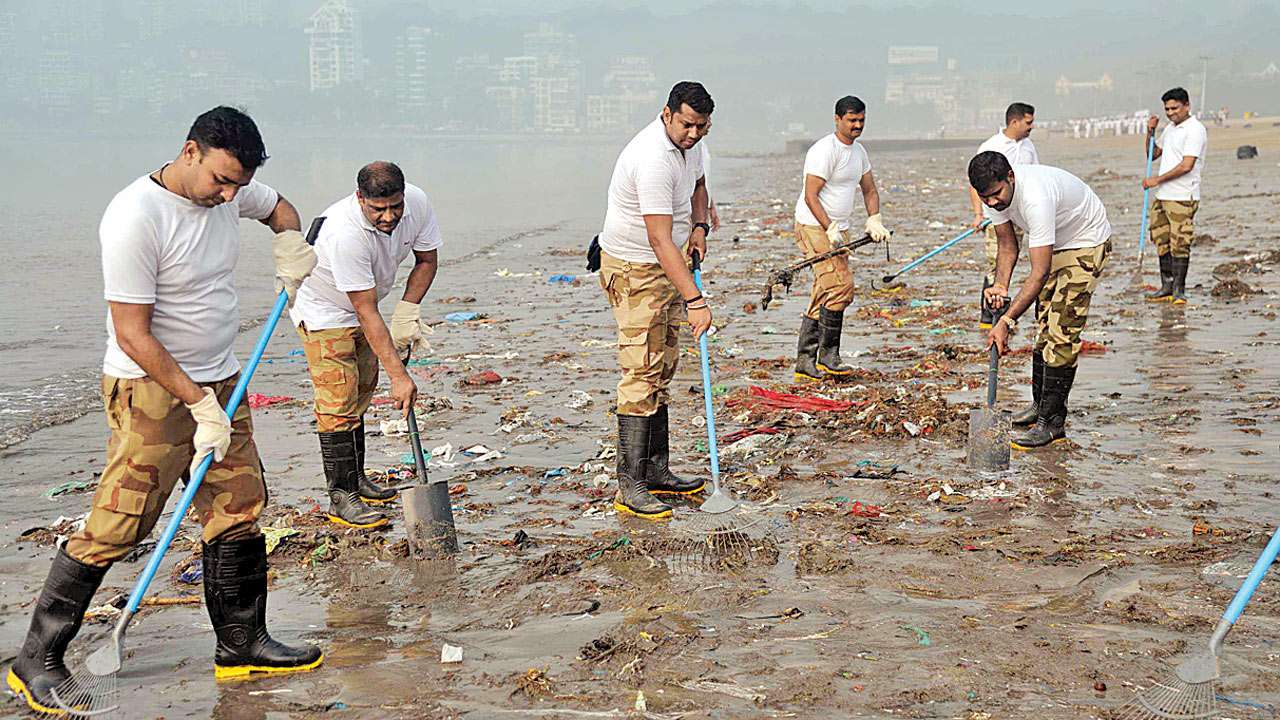DNA Edit – Small is beautiful: Swachh ranking reveals lagging metros, better towns

Cleanliness Image for Representational purpose
Move over big metropolises, the small towns are coming. Whatever the cynicism of urban dwellers and the intelligentsia about the efficacy of Swachh Bharat, it is definitely showing results. Rankings released on Wednesday reveal a progressive, upwardly mobile trend: smaller towns have adopted the formula of keeping their surroundings clean as compared to the larger metros, with a number of them moving up the cleanliness management ladder. Which is why Ghaziabad, Delhi’s eastern neighbour, has become the best performing district in Delhi-NCR for the second successive year in Swachh Bharat rankings. In doing so, it has moved up 23 places to be just eight ranks behind India’s most pampered and efficient municipality, the New Delhi Municipal Council (NDMC), which houses the country’s VVIPs, including the Prime Minister. The good news in the rankings is that the country’s smaller towns and even municipal areas are doing well. Ghaziabad is not alone. Indore in Madhya Pradesh has emerged as India’s cleanest city for the third year in a row, while Bhopal has bagged the cleanest capital award.
Indore, Ujjain and Dewas are the other cities and towns from MP to make it to the list of top 10 Swachh urban areas with a population over a lakh. Other cities feted on this list include Ahmedabad and Rajkot. That the spirit of Swachh has caught on is evident in urban areas that have a population of less than a lakh, which are essentially municipalities. Of the top 10 here, eight belong to Maharashtra. The efficacy of this evaluation is professional, the conclusions about the cleanliness of a city arrived at through direct observation by third-party auditors, people’s feedback and service-level progress. Why are small towns faring better than the biggies on the Swachh roster? Suffice it would to say that unlike the metropolises, the problems of smaller places are also relatively small. The Swachh Bharat plan itself has not made adequate provisions about waste management. Most of the solid waste generated in cities is dumped at landfill sites, which are rudimentary. Such sites, apart from being health hazards, also pose a serious threat to land and water resources. Bigger cities are also confronted with the herculean task of treating sewage. According to a 2016 estimate, Delhi’s sewage treatment capacity was 60 per cent of its total sewage generation. The figure is less than half for many big cities in eastern and central India.
According to the State of Environment Report, the number of hazardous waste generating industries has risen manifold, and what’s more, is growing every year. More than half of India’s hazardous waste is generated in Gujarat and Maharashtra, whose small towns, ironically, figure high on the list of Swachh winners. There is little doubt that municipalities in large metropolitan cities have to be empowered on a big scale. With little resources and even less authority to deal with the problems of the day, it is no surprise that small towns have taken the lead over them.